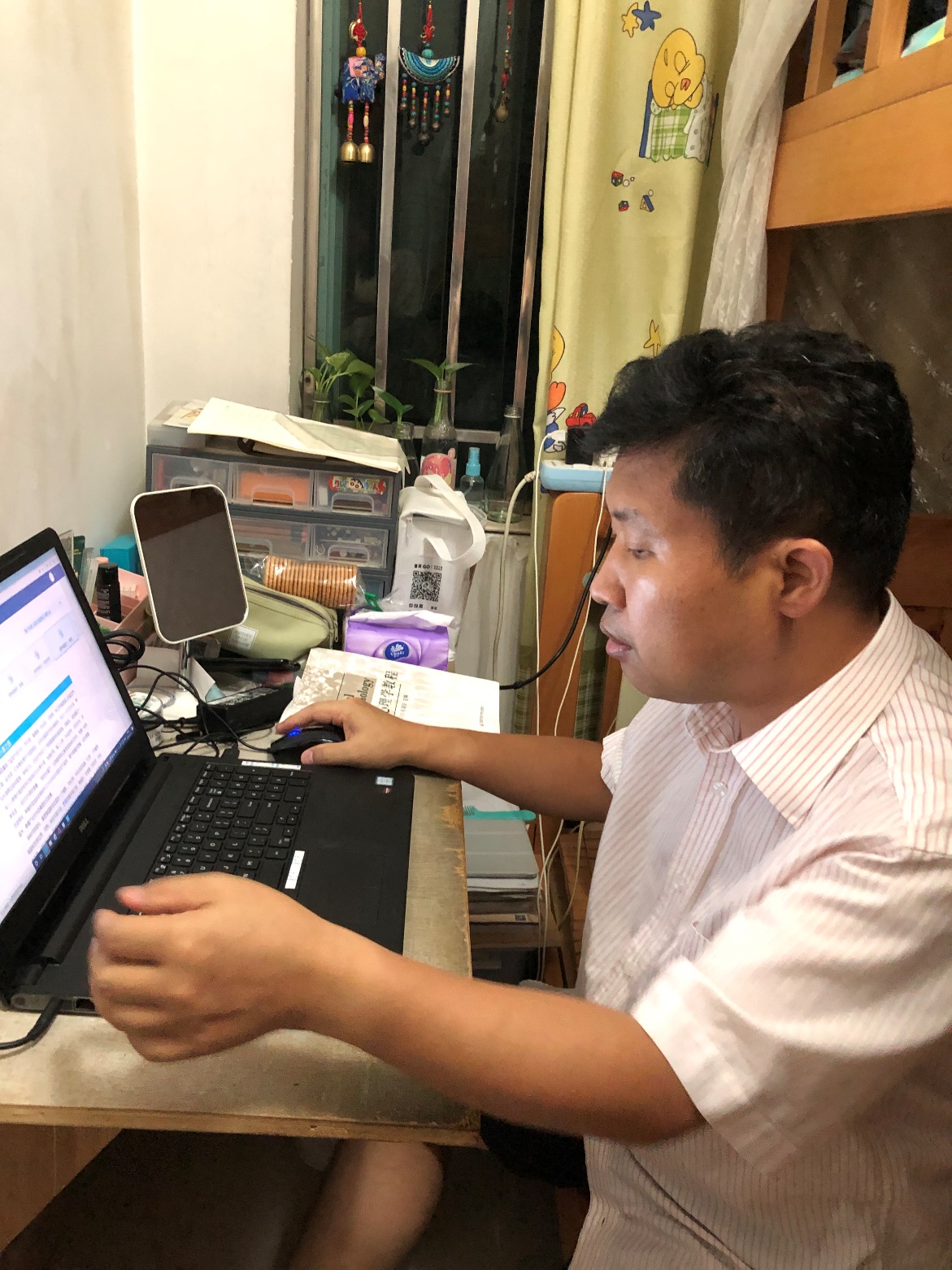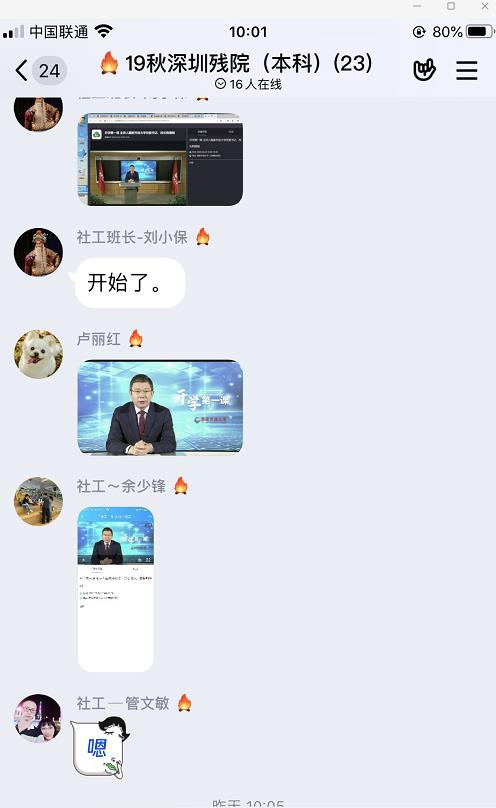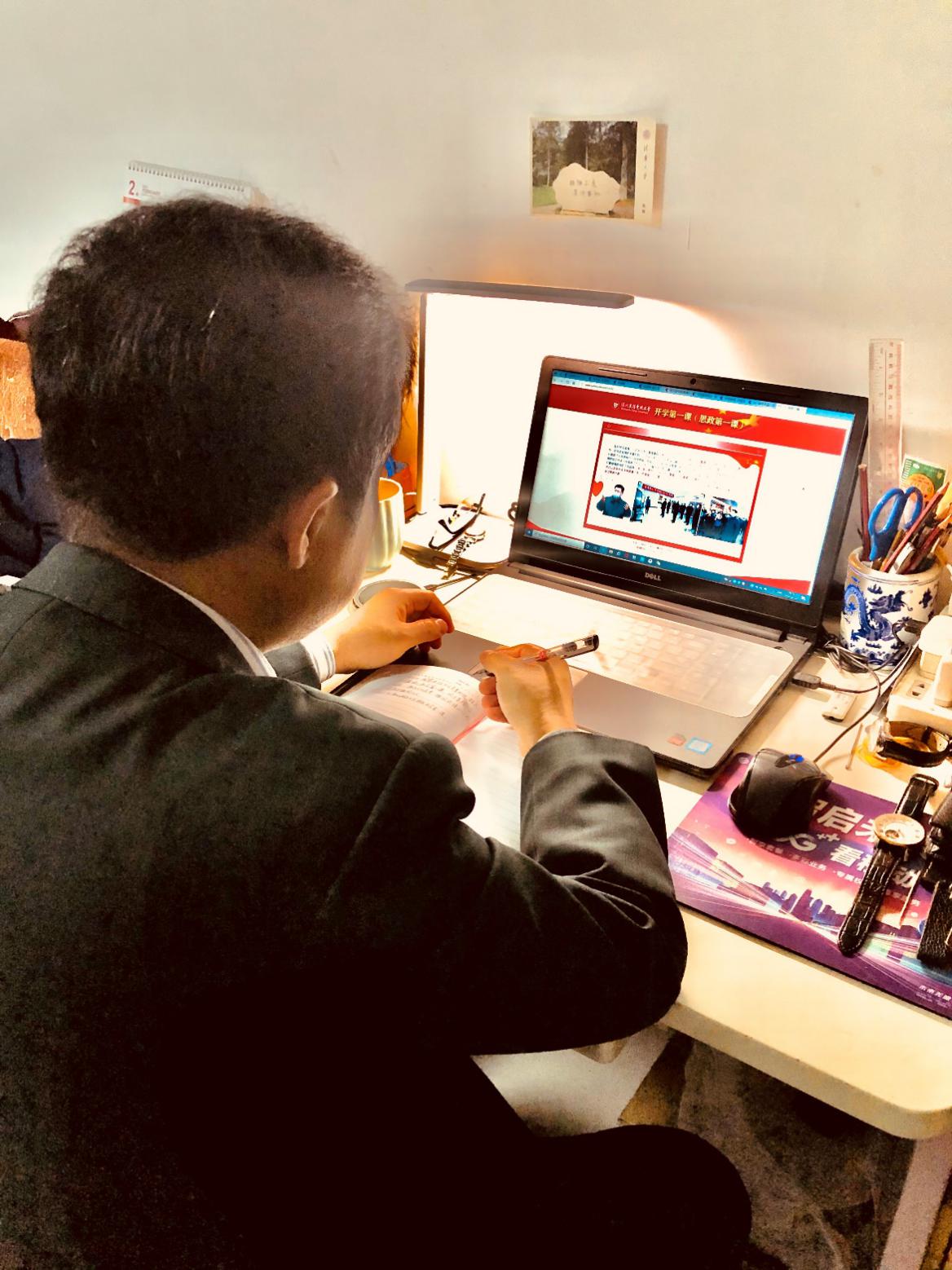 On 21 August 2020, “ Open Educational Resources for Inclusive Education ”, a forum of the 2020 Global Smart Education Conference, was held at Beijing Normal University.
On 21 August 2020, “ Open Educational Resources for Inclusive Education ”, a forum of the 2020 Global Smart Education Conference, was held at Beijing Normal University.
The forum, jointly organised by the UNESCO Institute for Information Technologies in Education (UNESCO IITE), the UNESCO International Research and Training Centre for Rural Education (INRULED), and the Arab League Education, Cultural and Scientific Organisation (ALECSO),was broadcast live to the world via the Internet. During the forum, Dr. Ahmed Tlili, co-director of the OER Laboratory, Smart Learning Institute, Beijing Normal University, released the Guidance on Providing Open and Distance Learning for Students with Disabilities during School Closures: Enhancing Inclusive Learning under COVID-19. The Guidance, starting from the various obstacles to using computers for learning faced by disabled students during COVID-19, aims to help students with hearing, visual, or physical disabilities to use computers, smartphones, and digital learning resources to engage in online learning. It also puts forward a variety of strategies to address those obstacles from the perspectives of technical support, resource design, and parental support.
Challenges in Learning Faced by OUC Students with Disabilities during COVID-19 and Appropriate Solutions, provided by the School for the Disabled of the Open University of China (OUC), was included in the Guidance. The case study shared a story of Liu Xiaobao, a physically disabled student from the Shenzhen Branch of the OUC School for the Disabled who, despite suffering from ankylosing spondylitis, studied hard using information technology during the COVID-19 outbreak. See Liu Xiaobao’s statement of below for more details.
Live up to the Good Times: Learning Continues during School Closures
By Liu Xiaobao, a physically disabled student who suffers from ankylosing spondylitis
My name is Liu Xiaobao, and I am an undergraduate student who majored in social work at Shenzhen School, School for the Disabled, Open University of China (OUC) in autumn 2019. In late January 2020, China was struck by the COVID-19 epidemic and as a result the school switched to offering online courses for all subjects in the spring semester. The online classes are open to all students and can be accessed through computers, mobile phones or other mobile terminals.
As a student who enjoys face-to-face communication with teachers and students, online learning was a challenge for me. For now, I’ll have to adapt to the learning atmosphere of online classrooms and distant communication between teachers and students. In order to be able to participate in the online classes, I adjusted my routines and rearranged other activities. In addition to taking online classes while school was closed, as a class monitor, I also insisted on posting messages on our class QQ group, including class schedules, links to live streams, etc., in order to remind my classmates to attend the online classes on time.
I encountered many difficulties during the online learning process but I managed to overcome each of them in turn. Although the online classroom platform supports interactive dialogue, communication is limited to the written word. Sometimes I didn’t understand a knowledge point but was not able to ask the teachers for immediate help. What was I supposed to do in this case? My solution was to take a screenshot and then try to figure it out after class. I also printed out the important knowledge points being taught in the classes. With the screenshots saved on my mobile phone, I can review the courses at any time. I also installed the Open Cloud Bookstore app on my mobile phone, from which I downloaded the textbooks of each subject as a standby reference for times when printed textbooks are not available.
Based on my experience, I created some course-specific learning tips. For example, I laid out the learning content for each theoretical course in a word document, copied it to a text-to-speech app, converted the resulting content into an MP3 file, and then saved the audio file on my mobile phone. I can then listen to the content on my way to and from work or when I take a walk. This has made my learning much more effective. Since then, I have passed this method on to my fellow classmates and it has proven to be especially helpful for visually impaired learners.
During the epidemic, teachers and students were not able to meet with each other, so how could we discuss the problems rising from the studies? Social Statistics is a course that launched at the end of April. During the online class, teacher discussed a number of important, hard-to-understand concepts such as averages, median, mode, group median, variance, standard deviation, and discrete coefficient. However, Cong Jing, a classmate of mine, failed to understand these concepts. She was very worried and came to me to seek help. I scheduled a time to explain the concepts to her via QQ voice call, and I explained the concepts and knowledge points in detail and taught her the steps and methods needed to solve an example question.
The above examples show that although I can't attend face-to-face lectures because of the COVID-19 epidemic, my learning progress has not lagged behind because I can still make full use of my time for learning using the Internet, my computer, and my mobile phone. Furthermore, the Internet has connected myself and my classmates, enhanced the cohesion of the class, and reinforced our friendships. We have kept on learning even when the school is closed. Our connections with each other haven’t been broken even though we are separated by physical space.

As class monitor, I led my classmates to study the “First Lesson of the New Term” given by OUC president, Jing Degang

Carefully studying the “First Lesson of the New Term,” a remote online course given by president Zhong of Shenzhen RTVU

Attending an online course on the OUC Learning Network
By Hou Songyan, OUC